Home>Gardening & Outdoor>Plant Care & Gardening Tips>How To Make Wildflower Paper
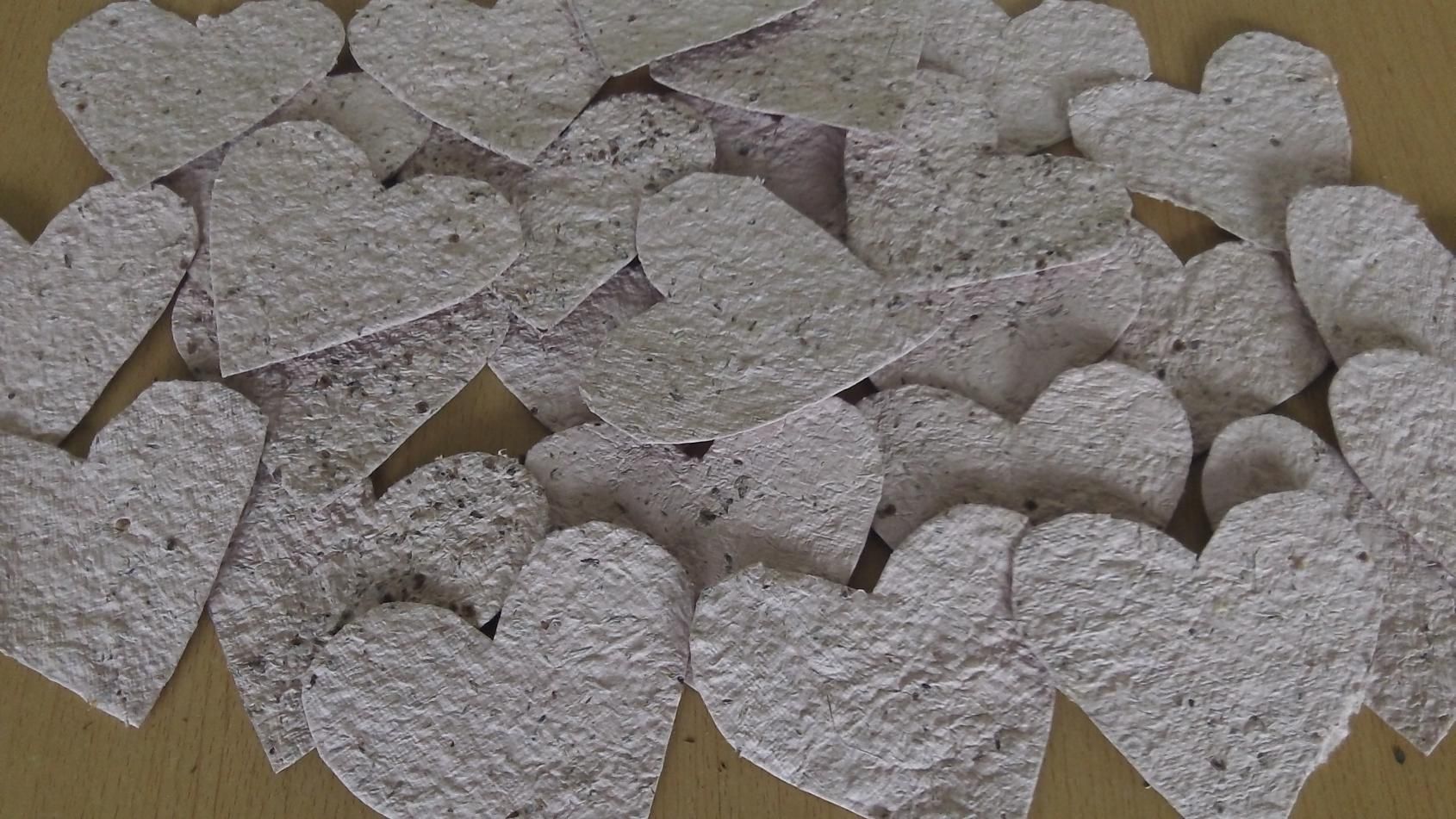

Plant Care & Gardening Tips
How To Make Wildflower Paper
Published: December 25, 2023
Learn how to make wildflower paper with our expert plant care and gardening tips. Create beautiful, eco-friendly paper using wildflowers from your garden. Discover the step-by-step process today!
(Many of the links in this article redirect to a specific reviewed product. Your purchase of these products through affiliate links helps to generate commission for Storables.com, at no extra cost. Learn more)
**
Introduction
**
Are you looking for a unique way to preserve the beauty of wildflowers? Creating your own wildflower paper is a fantastic way to capture the essence of these delicate blooms and transform them into a beautiful and functional material. Not only does this process allow you to showcase the vibrant colors and intricate details of wildflowers, but it also provides an opportunity to engage in a sustainable and eco-friendly crafting endeavor.
Crafting wildflower paper is a delightful and rewarding experience that allows you to connect with nature in a meaningful way. As you embark on this creative journey, you will have the chance to explore the natural world, gather wildflowers, and transform them into a stunning and personalized paper that can be used for various artistic projects. Whether you are an avid crafter, a nature enthusiast, or simply someone who appreciates the beauty of wildflowers, making wildflower paper is a wonderful way to infuse your creativity with the wonders of the natural world.
In this comprehensive guide, we will walk you through the step-by-step process of creating your own wildflower paper. From gathering the necessary materials to forming and drying the paper, each stage of the process will be carefully explained to ensure that you can embark on this enchanting journey with confidence. By the end of this guide, you will be equipped with the knowledge and inspiration to craft exquisite wildflower paper that reflects the splendor of the natural world. So, let's dive into the magical world of wildflower paper-making and unleash your creativity in a truly unique and eco-friendly way.
**
Key Takeaways:
- Embrace nature’s beauty by creating wildflower paper, infusing creativity with sustainable crafting. Gather, prepare, and form delicate wildflowers into personalized, eco-friendly paper for artistic expression.
- Connect with nature through the enchanting process of making wildflower paper. Mindfully gather, prepare, and infuse delicate blooms into unique, eco-friendly paper for creative expression.
Read more: How To Make Wildflower Seed Paper
Materials Needed
**
Before embarking on the enchanting process of creating wildflower paper, it is essential to gather the necessary materials to ensure a smooth and enjoyable crafting experience. Here is a list of the items you will need to bring your wildflower paper-making vision to life:
Wildflowers: The star of the show! Seek out an array of vibrant and visually appealing wildflowers. Choose a variety of shapes, sizes, and colors to add depth and character to your paper.
Recycled Paper: This will serve as the base material for your wildflower paper. Look for plain, unprinted paper such as newspaper or scrap paper. Tear it into small pieces and soak it in water to create the pulp.
Large Container: You will need a large container to soak and mix the paper pulp. A plastic tub or bucket works well for this purpose.
Fine Mesh Screens: These screens will be used to form the paper pulp into sheets. Look for screens with a fine mesh to ensure a smooth and even texture for your wildflower paper.
Sponges: Sponges are essential for absorbing excess water from the paper pulp during the forming process.
Blender: A blender will be used to create the paper pulp from the soaked recycled paper. Ensure that the blender is designated for crafting purposes and not for food preparation.
Rolling Pin or Brayer: This tool will aid in pressing and smoothing the paper pulp onto the mesh screens, facilitating the formation of the wildflower paper.
Absorbent Cloths: These cloths will be used for pressing and drying the freshly formed wildflower paper sheets.
Wildflower Press: While not mandatory, a wildflower press can be used to preserve and flatten the wildflowers before incorporating them into the paper-making process.
Optional Additions: Consider adding decorative elements such as glitter, seeds, or natural dyes to enhance the visual appeal of your wildflower paper.
With these materials at your disposal, you are well-equipped to commence the captivating journey of crafting exquisite wildflower paper. The next step involves venturing into nature to collect an assortment of captivating wildflowers, which will serve as the heart and soul of your unique paper creations.
**
Collecting Wildflowers
**
The process of collecting wildflowers for your paper-making endeavor is a delightful and immersive experience that allows you to connect with nature in a meaningful way. Before setting out on your wildflower-gathering expedition, it’s important to approach this activity with mindfulness and respect for the natural environment. Here are some essential tips for responsibly and ethically collecting wildflowers:
Choose a Suitable Location: Select a location abundant with wildflowers, such as meadows, fields, or forest edges. Ensure that you have permission to collect wildflowers from the chosen area, and respect any conservation guidelines that may be in place.
Observe and Appreciate: Take the time to observe the wildflowers in their natural habitat. Appreciate the diversity of colors, shapes, and fragrances that each species offers. This mindful observation fosters a deeper connection with nature and enhances the overall experience.
Harvest Responsibly: When selecting wildflowers for your paper-making project, do so with care and consideration. Avoid picking rare or endangered species, and never deplete an area of its natural beauty by over-harvesting. Choose a variety of wildflowers to create a visually captivating and diverse paper composition.
Respect Wildlife: While collecting wildflowers, be mindful of the wildlife that may rely on these blooms for sustenance or habitat. Take care to minimize disruption to the natural ecosystem and leave the environment as undisturbed as possible.
Express Gratitude: Before gathering the wildflowers, take a moment to express gratitude for the beauty and wonder of nature. This simple act of acknowledgment fosters a sense of reverence and appreciation for the natural world.
As you wander through the natural landscape, carefully selecting an assortment of wildflowers, allow yourself to be fully present in the moment. Embrace the tranquility of the surroundings and savor the sensory delights offered by the blooming flora. Each wildflower you gather carries with it a story of nature’s artistry, and these blooms will soon become the captivating focal point of your handcrafted wildflower paper.
Once you have gathered an assortment of wildflowers, it’s time to prepare them for the paper-making process, unlocking their vibrant colors and delicate beauty to infuse your paper with the essence of the natural world.
**
Preparing the Wildflowers
**
Before incorporating the wildflowers into your paper-making process, it is essential to prepare them in a manner that preserves their beauty and allows them to seamlessly integrate into the paper pulp. This careful preparation ensures that the wildflowers become a captivating and integral part of your handcrafted wildflower paper. Follow these steps to prepare the wildflowers for their transformative journey:
Gentle Cleaning: Begin by gently cleaning the wildflowers to remove any dirt, debris, or insects that may have nestled among the petals and leaves. Use a soft brush or a gentle stream of water to delicately cleanse the blooms without causing damage.
Flattening and Drying: After cleaning the wildflowers, carefully flatten them between absorbent paper or within a flower press. This process helps preserve the flowers’ natural shape and color while facilitating the drying process. Allow the wildflowers to dry completely before proceeding to the next step.
Preserving Fragility: Wildflowers are delicate by nature, so handle them with care to prevent damage. Avoid excessive handling or applying pressure that could compromise the integrity of the blooms. By treating the wildflowers with tenderness and mindfulness, you can ensure that their inherent beauty is preserved throughout the paper-making process.
Selection and Arrangement: As you prepare the wildflowers, take the opportunity to arrange them in visually appealing compositions. Consider the colors, shapes, and sizes of the blooms, and experiment with different arrangements to create captivating visual effects in your wildflower paper.
Infusing Intention: While preparing the wildflowers, infuse them with your creative intention and gratitude for the natural world. Consider the stories and symbolism behind each bloom, and envision how their presence will enrich the character of the wildflower paper you are about to create.
By carefully preparing the wildflowers, you honor their exquisite beauty and ensure that they become integral components of your wildflower paper. With the wildflowers primed and ready, you are now poised to embark on the transformative process of crafting the paper pulp, infusing it with the essence of these natural treasures.
**
Making the Paper Pulp
**
The creation of paper pulp marks a pivotal stage in the process of crafting wildflower paper. This transformative step involves converting recycled paper into a malleable pulp that will serve as the foundation for incorporating the delicate beauty of wildflowers. Follow these steps to create the paper pulp that will form the basis of your exquisite wildflower paper:
Tear and Soak the Paper: Begin by tearing the recycled paper into small pieces and placing them in a large container. Add enough water to fully submerge the paper pieces, allowing them to soak for several hours or overnight. This soaking process softens the paper and prepares it for blending.
Blend the Paper and Water: Once the paper has sufficiently soaked, transfer it to a blender, adding just enough water to facilitate blending. Blend the mixture until it reaches a smooth, consistent texture, resembling a thick and fibrous pulp. Take care to avoid over-blending, as this can result in an excessively fine pulp.
Adjusting the Consistency: If necessary, adjust the consistency of the paper pulp by adding small amounts of water and blending it further. Aim for a texture that is pliable and easy to work with, allowing you to form it into sheets that will beautifully showcase the wildflowers.
Infusing the Pulp with Meaning: As you prepare the paper pulp, infuse it with your creative intention and appreciation for the sustainable nature of this crafting process. Visualize the transformation that will take place as the wildflowers merge with the pulp, creating a harmonious union of natural elements within the fabric of your wildflower paper.
With the paper pulp prepared and infused with creative energy, you are now ready to embark on the next phase of the journey: forming the pulp into sheets and adorning them with the vibrant allure of the prepared wildflowers.
**
To make wildflower paper, collect and dry wildflowers, blend them with recycled paper pulp, and press the mixture into sheets. Pressing the paper between absorbent materials will help remove excess water and flatten the paper.
Read more: How To Plant Wildflower Seed Paper
Forming the Paper
**
Forming the paper is a captivating and hands-on process that allows you to shape the prepared pulp into delicate sheets, ready to embrace the enchanting presence of wildflowers. This step serves as a bridge between the raw material and the artistic vision, enabling you to craft a canvas that will showcase the vibrant colors and intricate details of the wildflowers. Follow these steps to skillfully form the paper and prepare it for the transformative infusion of natural beauty:
Prepare the Workspace: Set up a clean and spacious workspace where you can comfortably manipulate the paper pulp. Ensure that all necessary tools and materials are within reach, creating an environment conducive to creativity and focused craftsmanship.
Position the Mesh Screens: Place the fine mesh screens on a flat surface, ensuring that they are clean and free of debris. These screens will serve as the foundation for forming the paper pulp into sheets, providing a surface for the water to drain as the pulp settles into shape.
Spread the Paper Pulp: Using a gentle and deliberate motion, spread a layer of the prepared paper pulp onto the mesh screen. Aim for an even distribution of pulp, creating a consistent thickness that will result in a sturdy yet flexible sheet of wildflower paper.
Press and Smooth the Pulp: Once the pulp is spread evenly on the mesh screen, use a rolling pin or brayer to press and smooth the pulp, ensuring that it adheres to the mesh and forms a cohesive sheet. This process helps eliminate excess water and air pockets, resulting in a uniform and well-structured paper base.
Incorporate the Wildflowers: With the paper pulp evenly spread and smoothed, carefully arrange the prepared wildflowers on the surface of the pulp. Experiment with different compositions and placements, allowing the natural beauty of the wildflowers to intertwine with the malleable pulp, creating visually captivating patterns and designs.
Infuse the Process with Intention: As you form the paper and adorn it with wildflowers, infuse the process with intention and gratitude for the natural materials at hand. Visualize the harmonious fusion of the pulp and wildflowers, and the enchanting paper that will emerge from this transformative union.
By skillfully forming the paper and integrating the wildflowers, you are on the brink of witnessing the emergence of a truly unique and captivating creation. The next step involves carefully drying the paper, allowing it to solidify and preserve the essence of the wildflowers within its delicate fibers.
**
Drying the Paper
**
The process of drying the freshly formed wildflower paper is a crucial step that ensures the preservation of its unique character and the successful integration of the delicate wildflowers. Proper drying facilitates the solidification of the paper, allowing it to retain the vibrant colors and intricate details of the incorporated blooms. Follow these steps to carefully dry the wildflower paper and bring it one step closer to its final enchanting form:
Transfer to Absorbent Surface: Gently transfer the formed paper, still resting on the mesh screen, onto an absorbent surface such as a clean cloth or felt. This surface will aid in the absorption of excess moisture as the paper begins to dry.
Pressing and Absorbing: Place additional absorbent materials, such as cloths or felt, on top of the paper to create a layered stack. Apply gentle pressure to facilitate the absorption of moisture from the paper, promoting a more efficient drying process.
Air Drying: Allow the paper to air dry in a well-ventilated area, away from direct sunlight and excessive heat. This gradual drying process allows the paper to solidify while preserving the integrity of the wildflowers and the pulp, ensuring that the final product retains its natural allure.
Patience and Observation: Exercise patience as the paper dries, and take the time to observe the gradual transformation taking place. Embrace the meditative quality of this process, acknowledging the fusion of natural elements and the emergence of a truly unique and captivating creation.
Protecting the Paper: Throughout the drying process, take care to shield the paper from potential disturbances or environmental factors that could compromise its integrity. By providing a tranquil and undisturbed drying environment, you safeguard the delicate beauty of the wildflower paper.
Embracing the Unfolding Beauty: As the wildflower paper dries, anticipate the unfolding beauty that awaits. Each moment of the drying process brings the paper closer to its final form, preserving the essence of the wildflowers within its fibers and preparing it for the finishing touches that will complete its enchanting transformation.
With the wildflower paper in the final stages of drying, the time has come to add the finishing touches that will elevate its visual appeal and ensure that its natural beauty shines through. This exciting phase marks the culmination of your creative journey, resulting in a truly remarkable and personalized creation that celebrates the splendor of wildflowers.
**
Finishing Touches
**
As the wildflower paper nears the completion of its transformative journey, adding finishing touches serves as the crowning moment that elevates its visual allure and ensures that its natural beauty shines through. These final embellishments impart a personalized and artistic touch to the paper, enhancing its overall appeal and setting the stage for its future creative applications. Follow these steps to add the finishing touches that will bring your wildflower paper to its full potential:
Trimming and Shaping: Carefully trim the dried wildflower paper to your desired dimensions, shaping it into sheets that suit your artistic vision. Whether you prefer standard sizes or unique shapes, this step allows you to customize the paper to fit your intended use.
Embellishments and Accents: Consider adding additional decorative elements to the wildflower paper, such as glitter, natural dyes, or embedded seeds. These embellishments can further enhance the visual appeal of the paper, adding depth and texture to its surface.
Preserving Fragile Beauty: Apply a thin, protective layer of clear adhesive or sealant to the surface of the wildflower paper. This step helps preserve the delicate wildflowers and prevents them from shedding or fading over time, ensuring that their natural beauty endures for years to come.
Personalization and Expression: Embrace the opportunity to personalize the wildflower paper with your creative expression. Consider adding handcrafted designs, calligraphy, or meaningful inscriptions that imbue the paper with a sense of individuality and purpose.
Curating the Collection: Organize and curate the finished wildflower paper, preserving it in a manner that protects its integrity and ensures its longevity. Store the paper in a cool, dry environment, safeguarding it from potential damage and allowing it to remain a captivating canvas for your artistic endeavors.
Celebrating the Journey: Take a moment to reflect on the remarkable journey that has led to the creation of the wildflower paper. Celebrate the fusion of natural elements, creativity, and craftsmanship that has culminated in a truly unique and captivating work of art.
With the finishing touches applied, the wildflower paper stands as a testament to the harmonious union of nature and creativity. Its delicate fibers embrace the vibrant colors and intricate details of the wildflowers, capturing the essence of the natural world within its textured surface. As you admire the completed wildflower paper, envision the myriad possibilities for its artistic utilization, knowing that it embodies the beauty, wonder, and eco-friendly spirit of the wildflowers from which it was born.
**
Conclusion
**
The journey of creating wildflower paper is a testament to the boundless creativity and the enduring beauty of the natural world. As you reflect on the captivating process that has unfolded, you are undoubtedly filled with a sense of wonder and accomplishment, having transformed simple materials and delicate wildflowers into a remarkable work of art. This unique and eco-friendly crafting endeavor has not only yielded a visually stunning creation but has also fostered a profound connection with nature and sustainability.
Throughout this journey, you have embraced the mindful gathering of wildflowers, the delicate preparation of materials, and the skillful formation of paper, infusing each step with intention, creativity, and a deep appreciation for the natural world. The result is a collection of wildflower paper that encapsulates the vibrant colors, intricate details, and timeless allure of the wildflowers from which it was born.
As you hold the finished wildflower paper in your hands, you are poised to embark on a multitude of artistic endeavors, each one infused with the essence of the natural world and the creativity that has brought this paper to life. Whether used for crafting handmade cards, creating unique artwork, or preserving cherished memories, the wildflower paper stands as a versatile and enchanting medium for your creative expression.
Furthermore, the process of crafting wildflower paper serves as a poignant reminder of the importance of sustainability and eco-conscious creativity. By repurposing recycled materials and incorporating natural elements, you have engaged in a practice that honors the environment and encourages a deeper connection with the world around you. In doing so, you have not only created exquisite works of art but have also contributed to a more sustainable and mindful approach to crafting.
As you continue to explore the possibilities of wildflower paper and share its beauty with others, remember the transformative journey that has led to its creation. Embrace the enchanting allure of wildflowers, the timeless artistry of handcrafted paper, and the limitless potential for creative expression. Let the wildflower paper stand as a testament to the harmonious blend of nature and art, inspiring awe and appreciation for the wonders that surround us.
With each sheet of wildflower paper, you carry forward the stories of the natural world, the creativity of your hands, and the enduring spirit of sustainable craftsmanship. As you embark on future creative endeavors, may the beauty and eco-friendly essence of wildflower paper continue to inspire and enrich your artistic pursuits, reminding you of the remarkable journey that has led to its creation.
Frequently Asked Questions about How To Make Wildflower Paper
Was this page helpful?
At Storables.com, we guarantee accurate and reliable information. Our content, validated by Expert Board Contributors, is crafted following stringent Editorial Policies. We're committed to providing you with well-researched, expert-backed insights for all your informational needs.

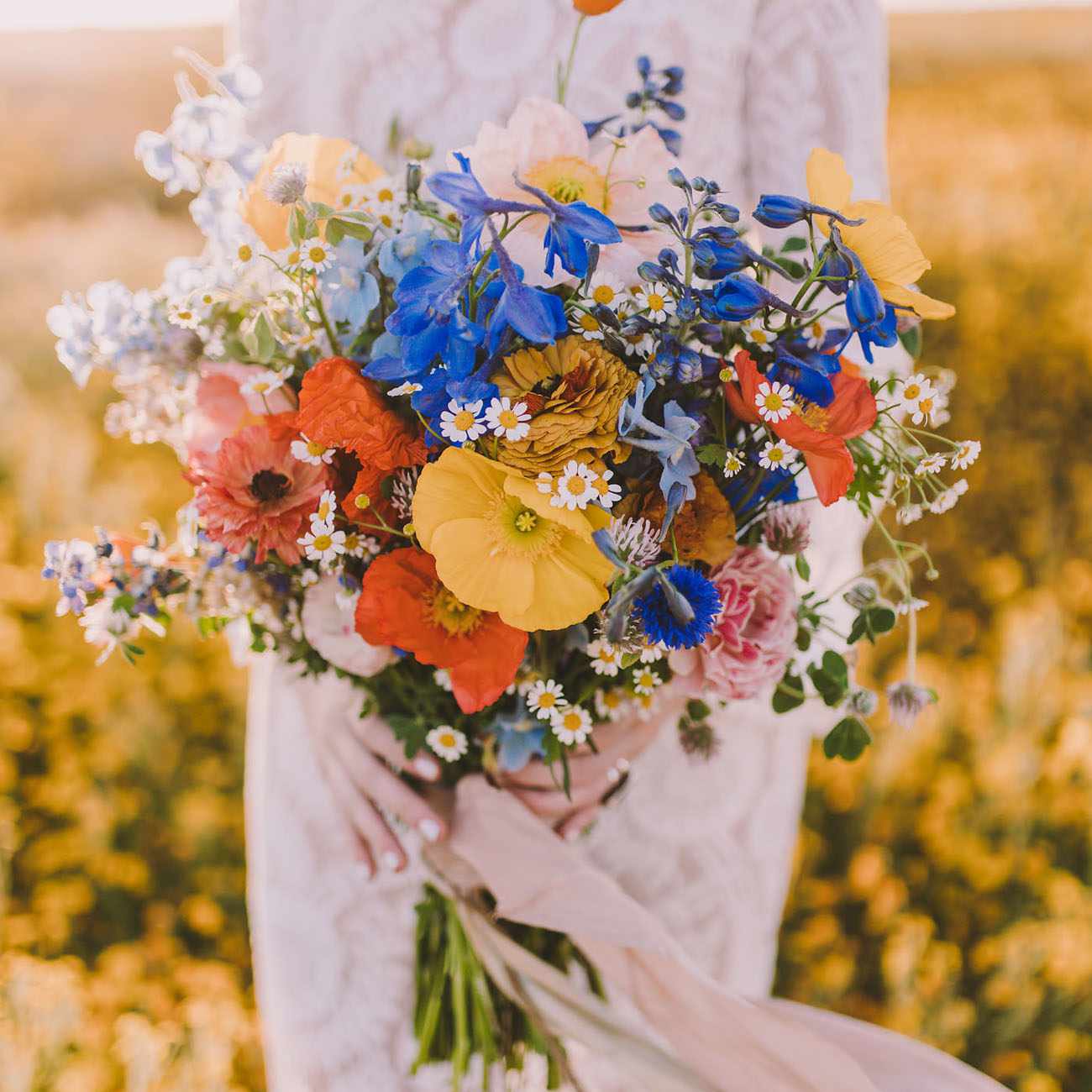
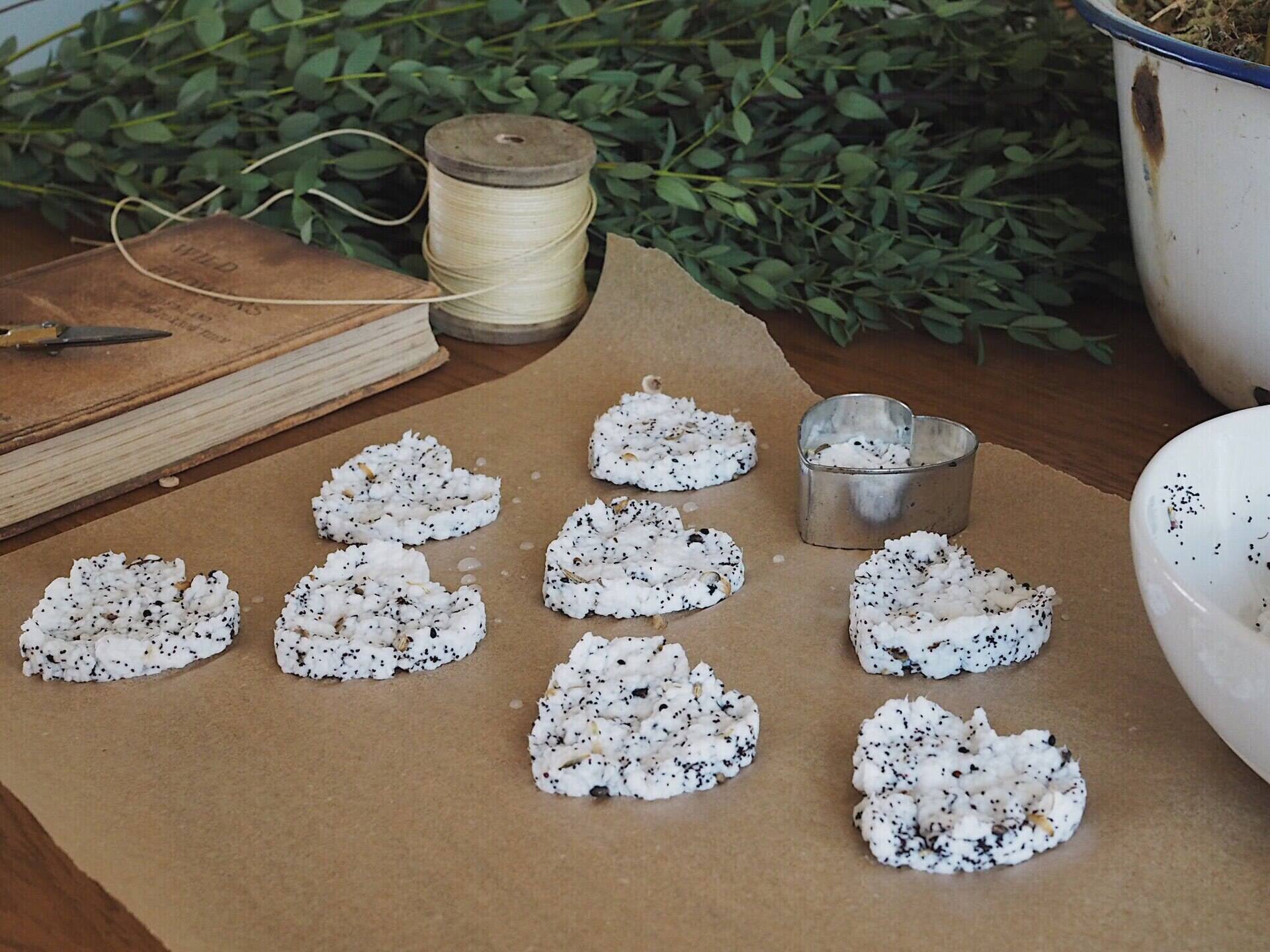
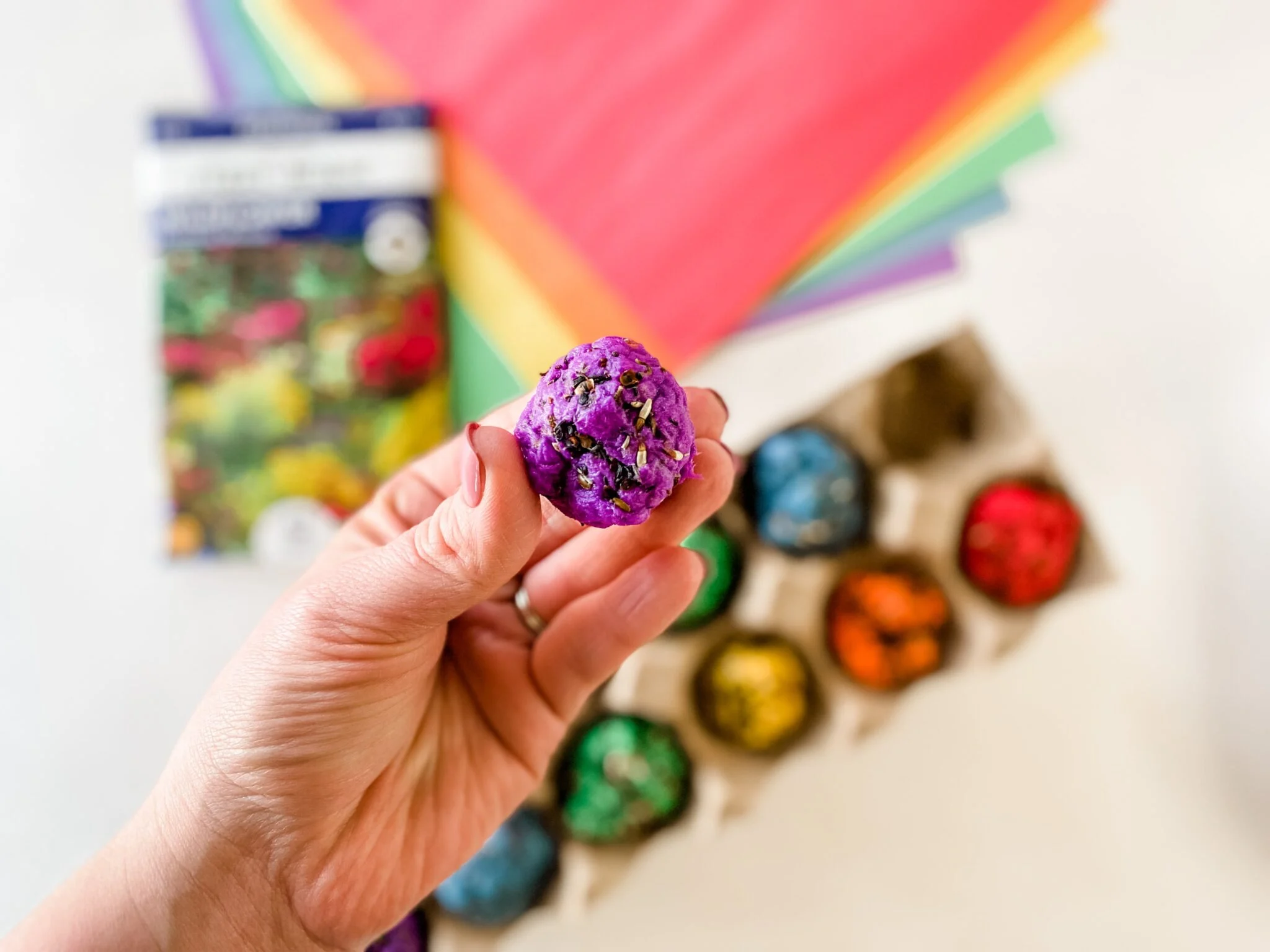
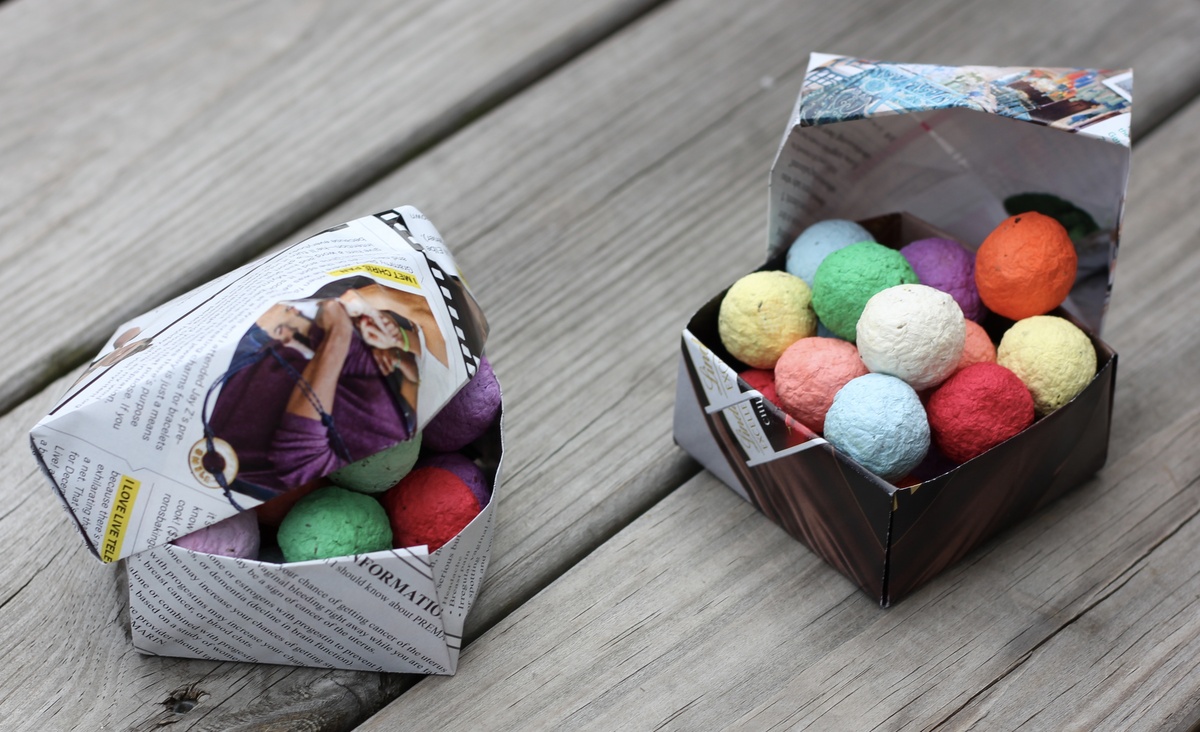
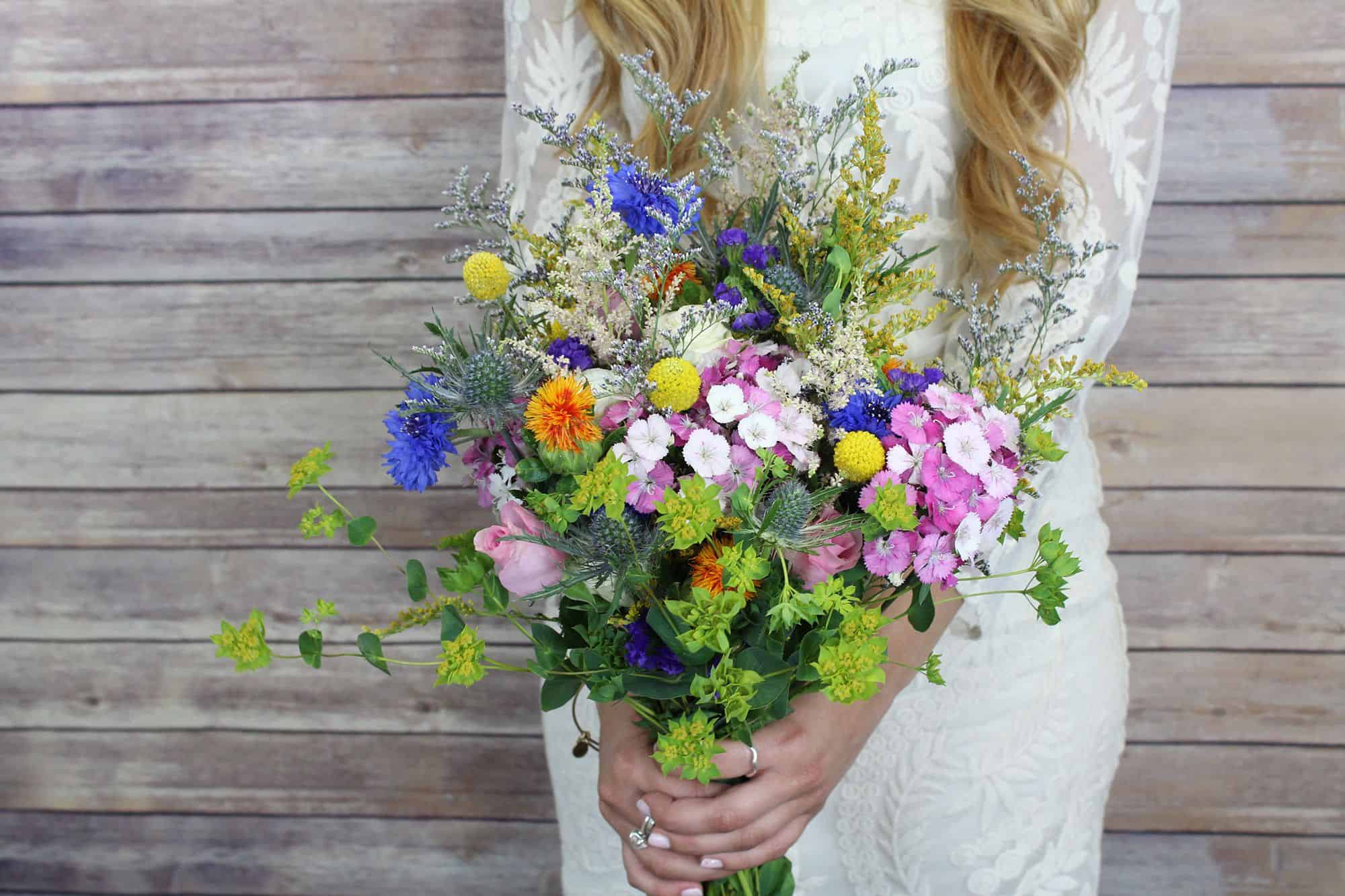
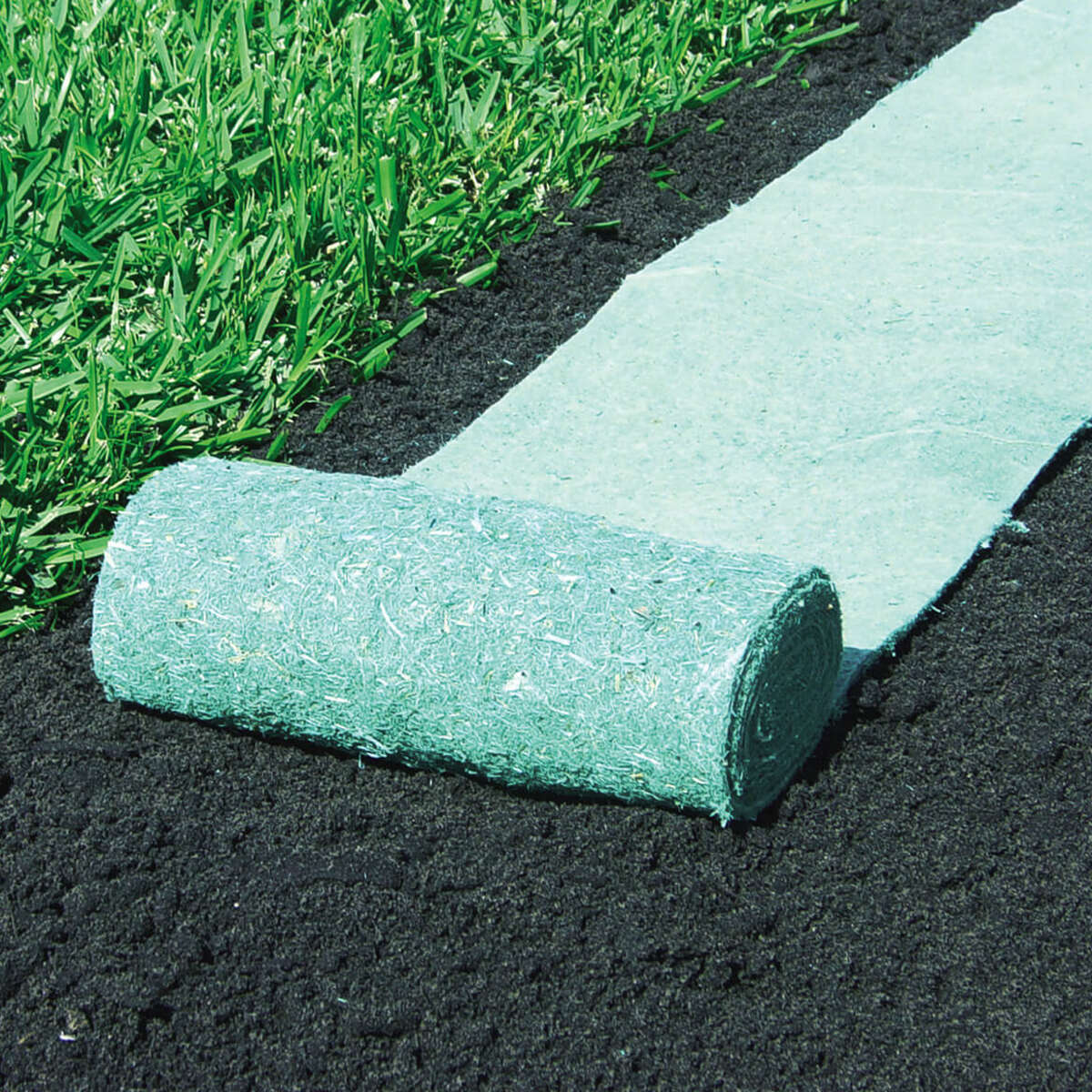
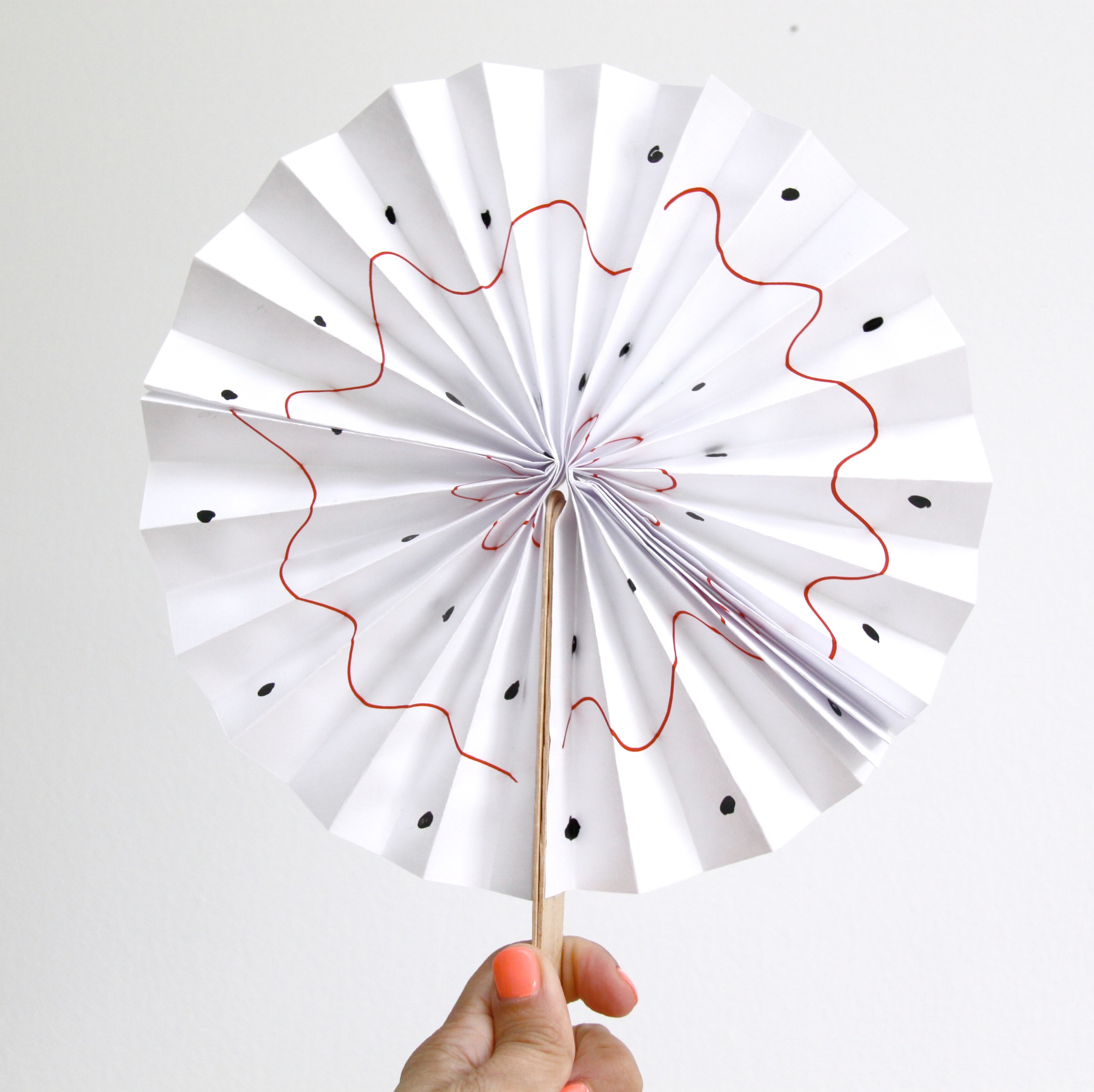
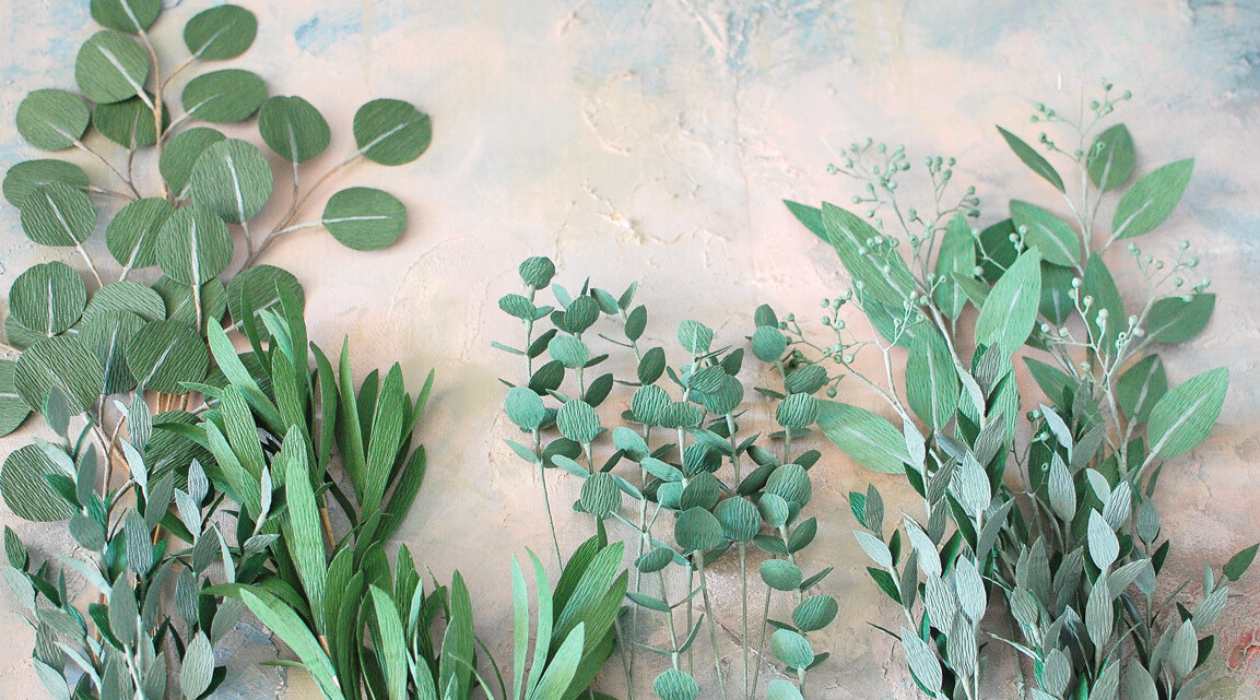
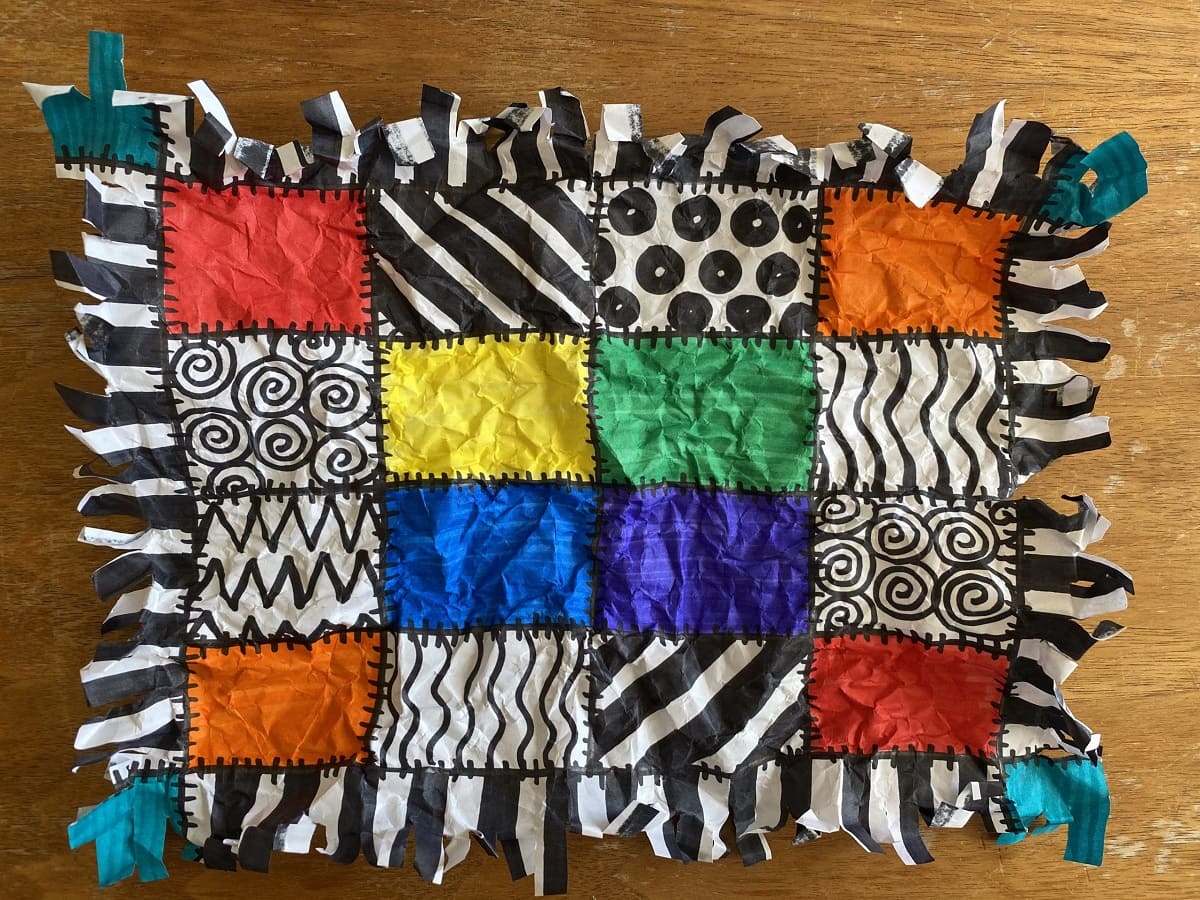
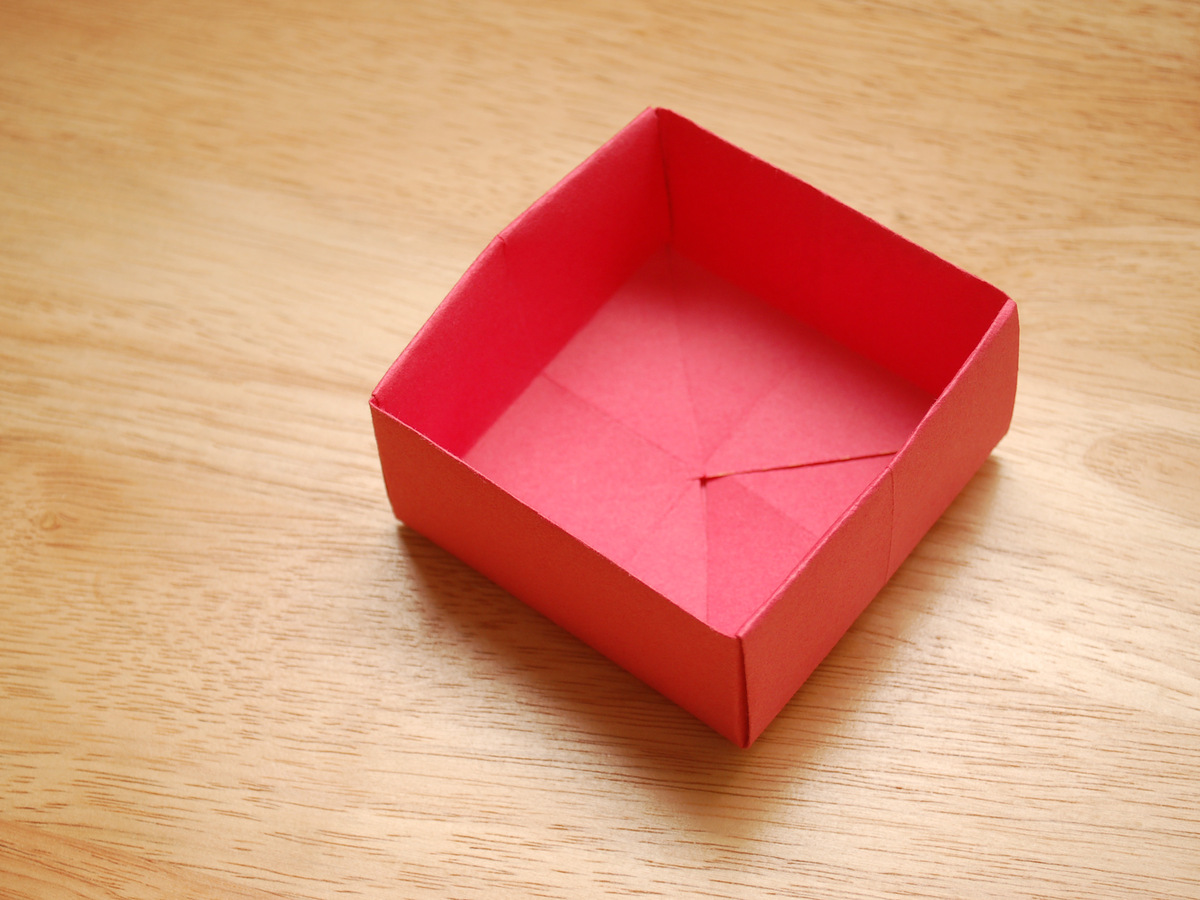
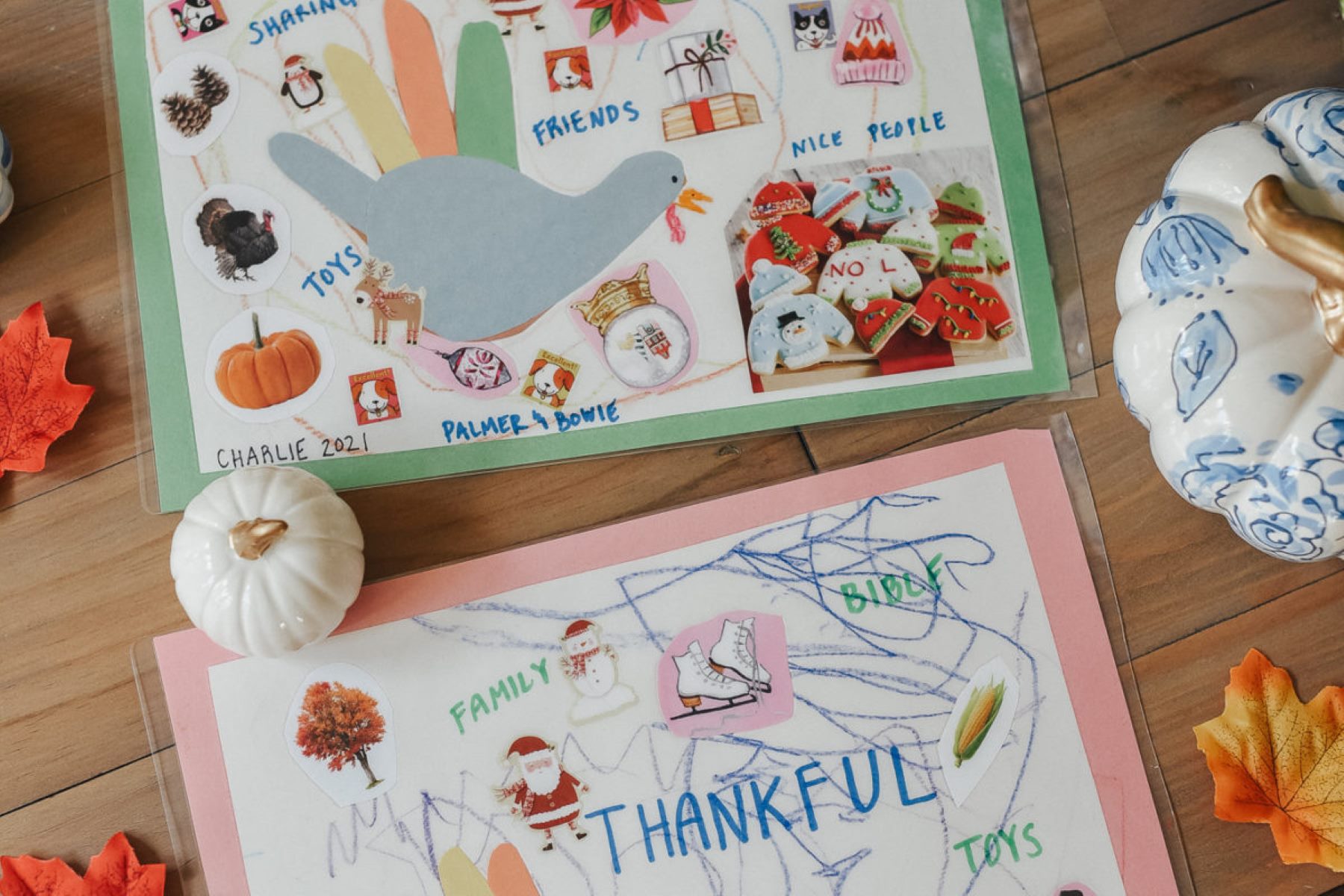
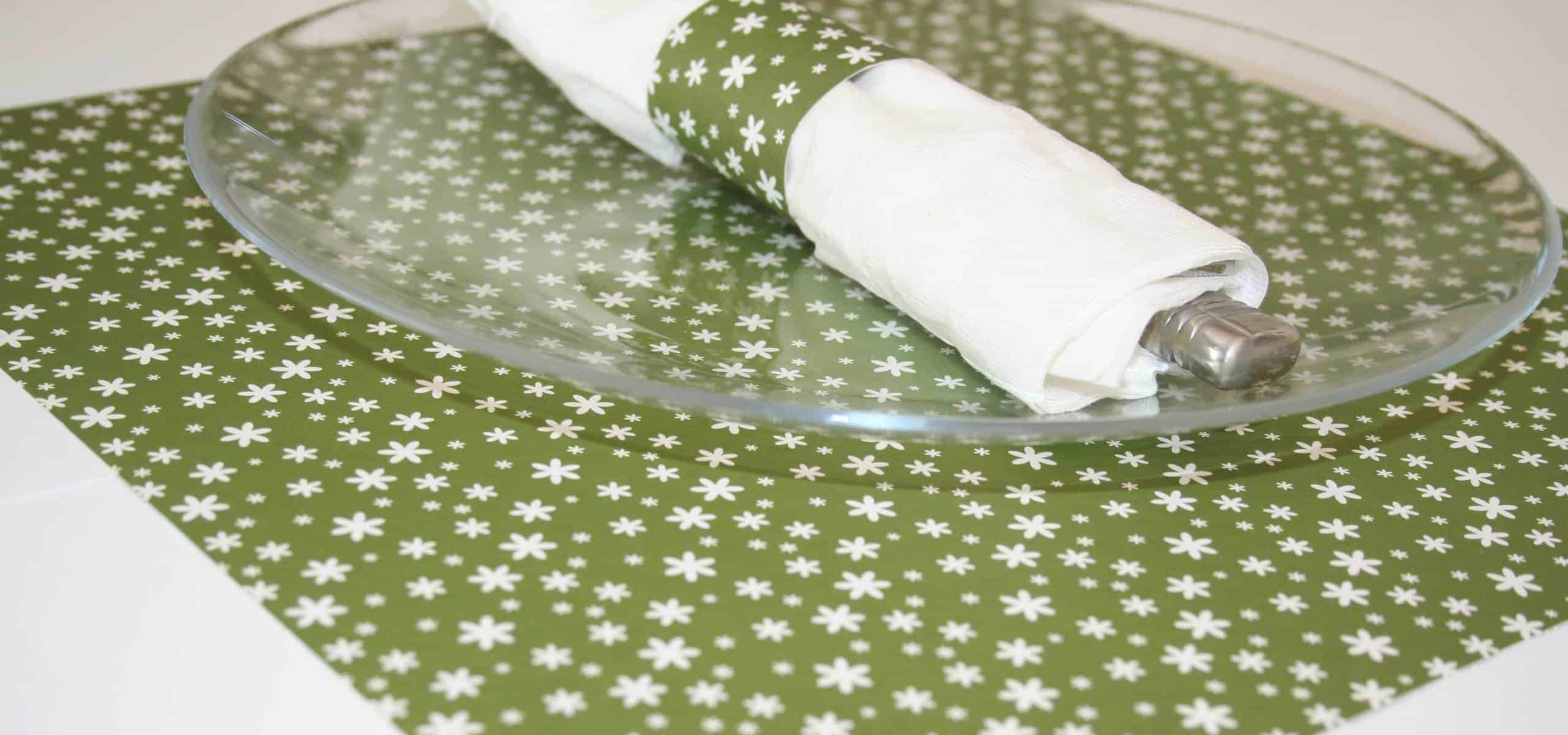
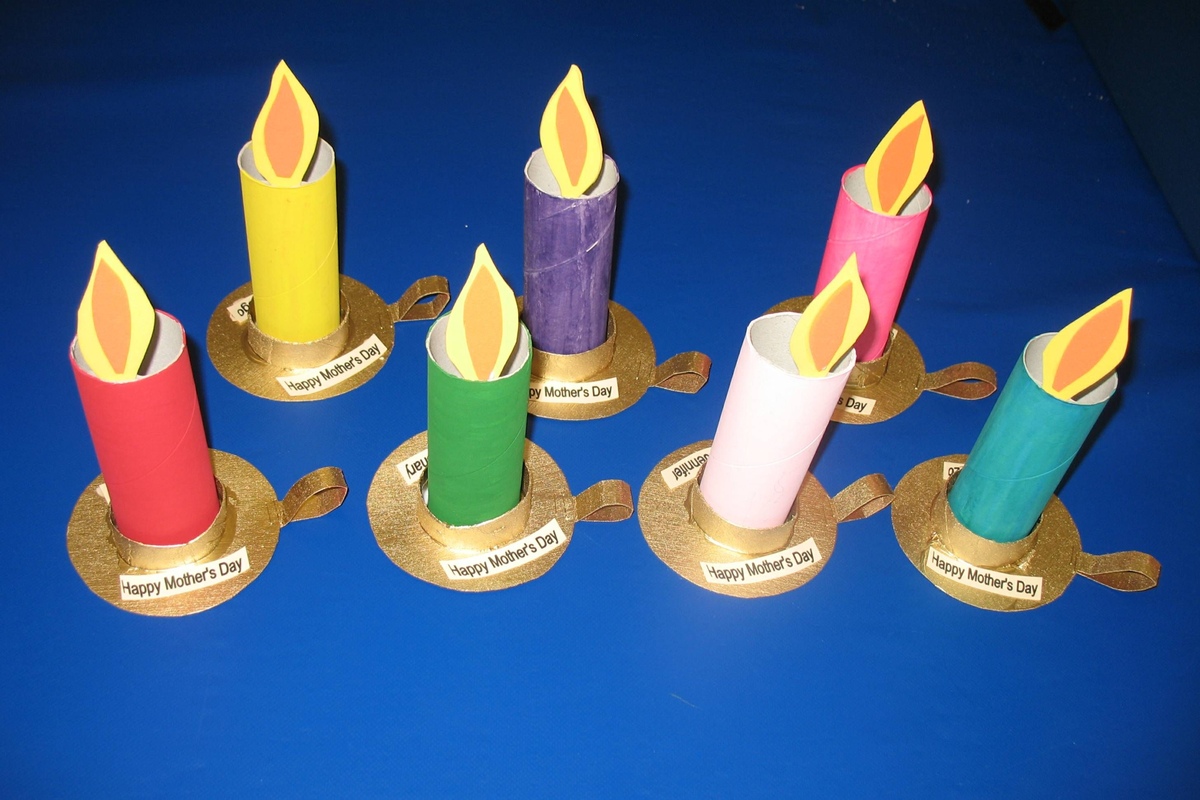

0 thoughts on “How To Make Wildflower Paper”